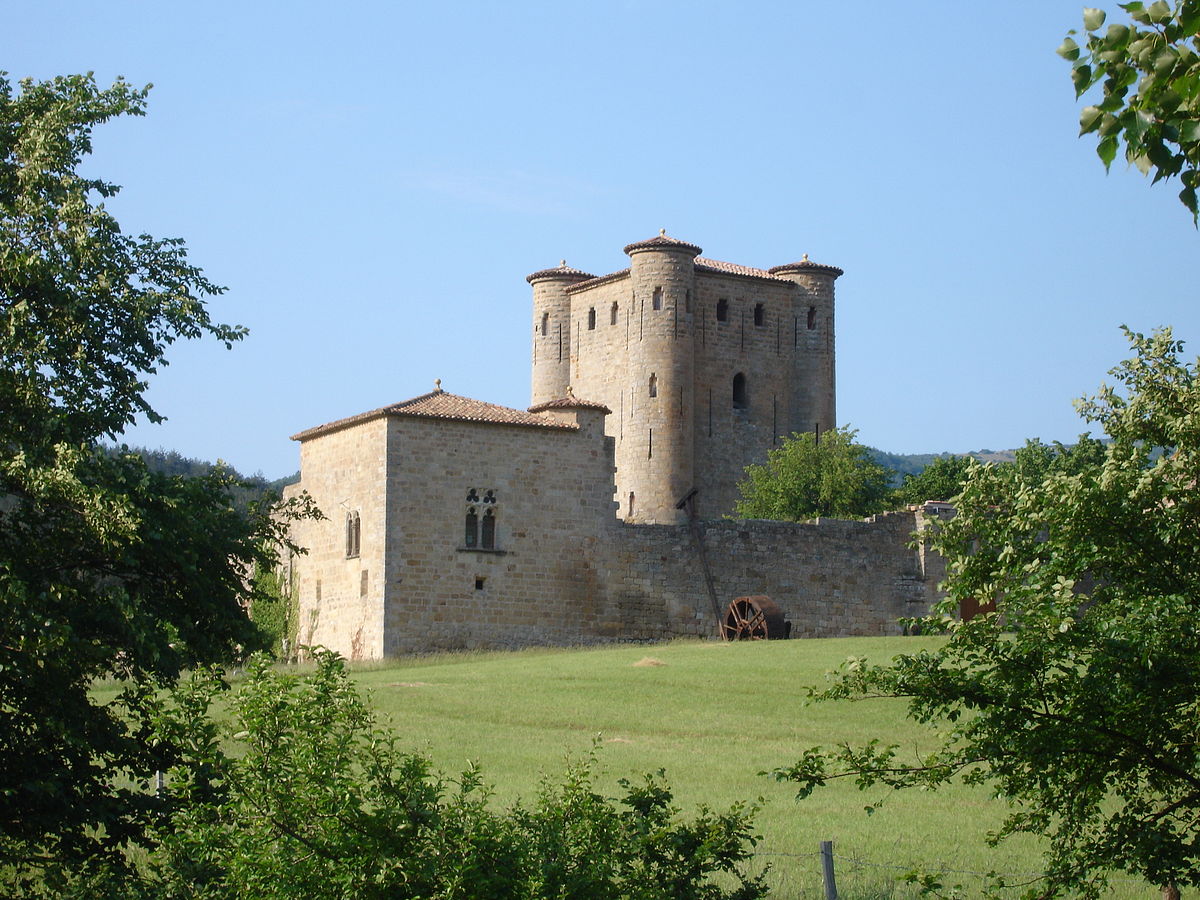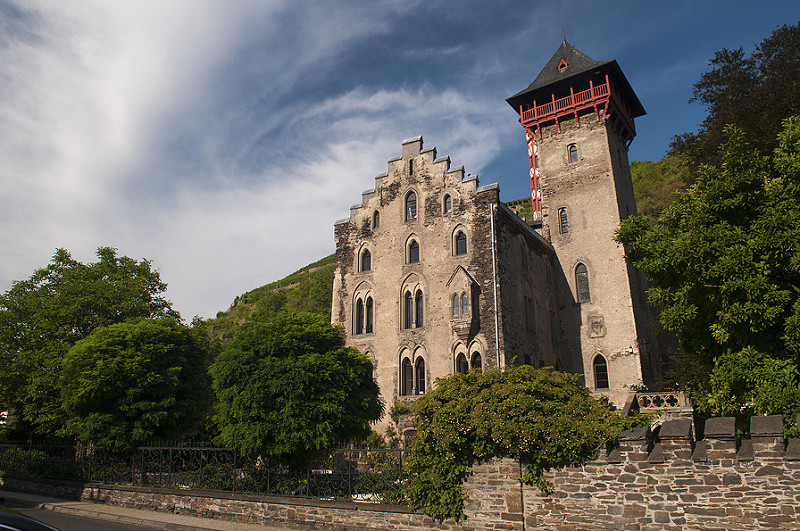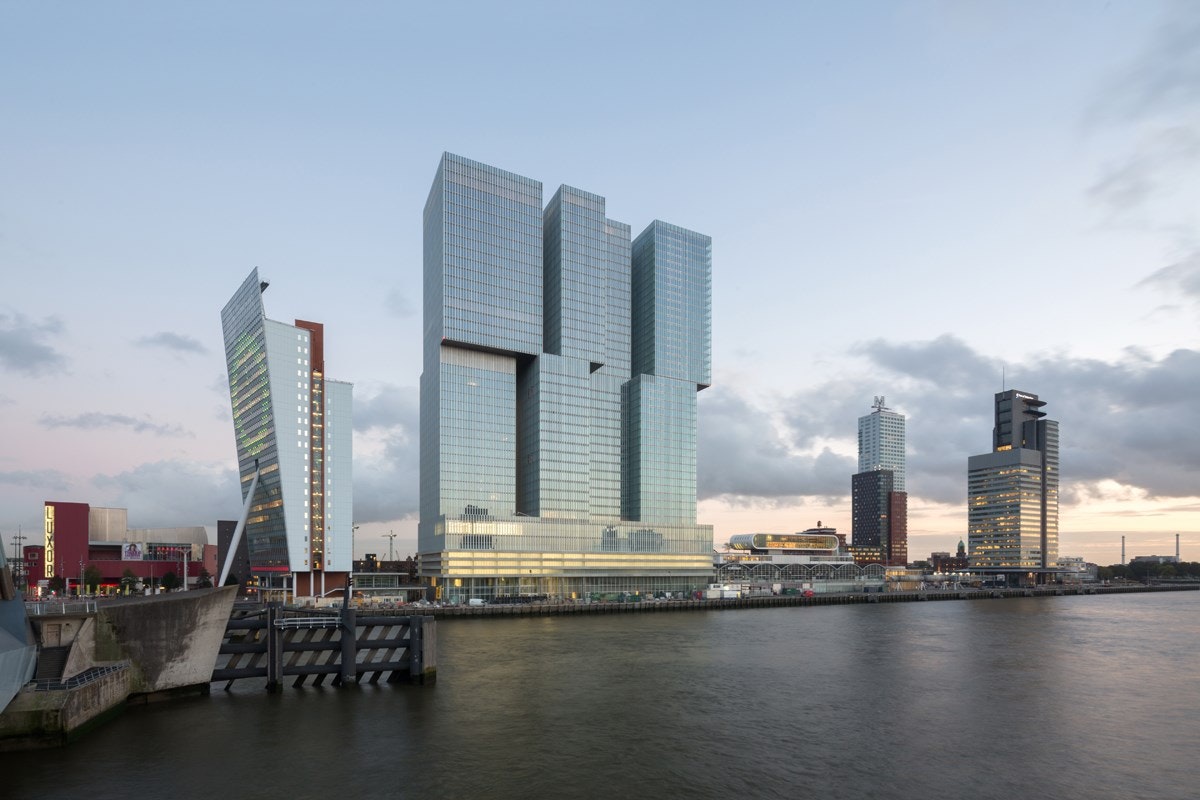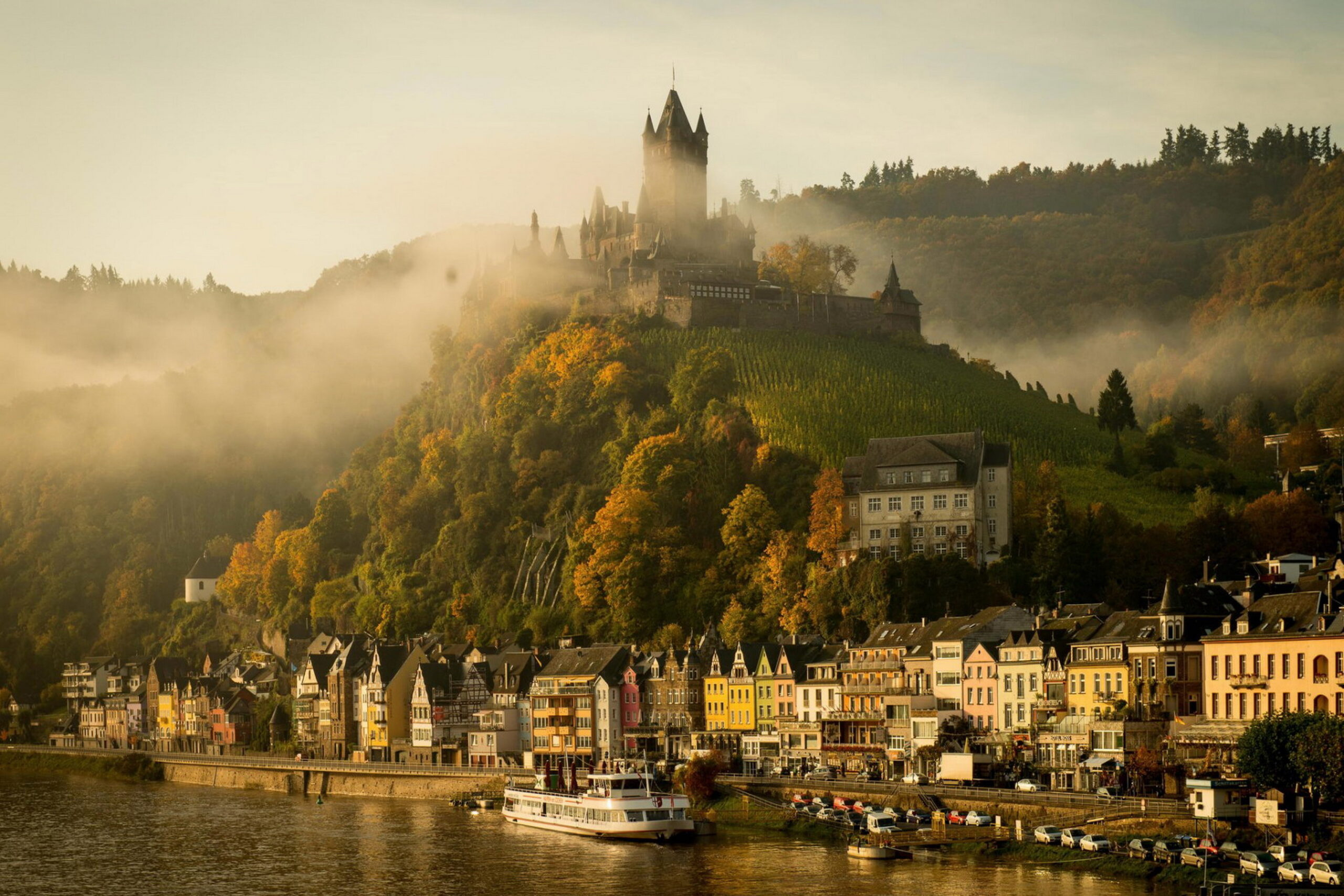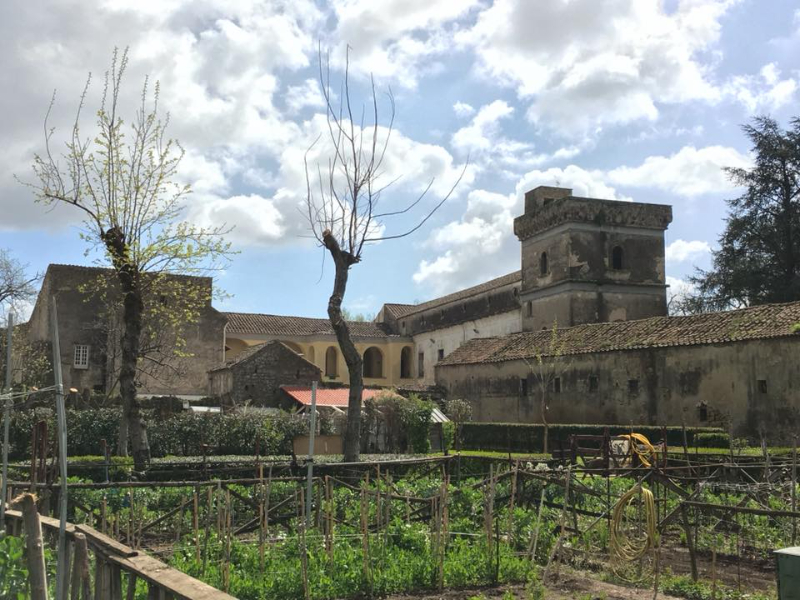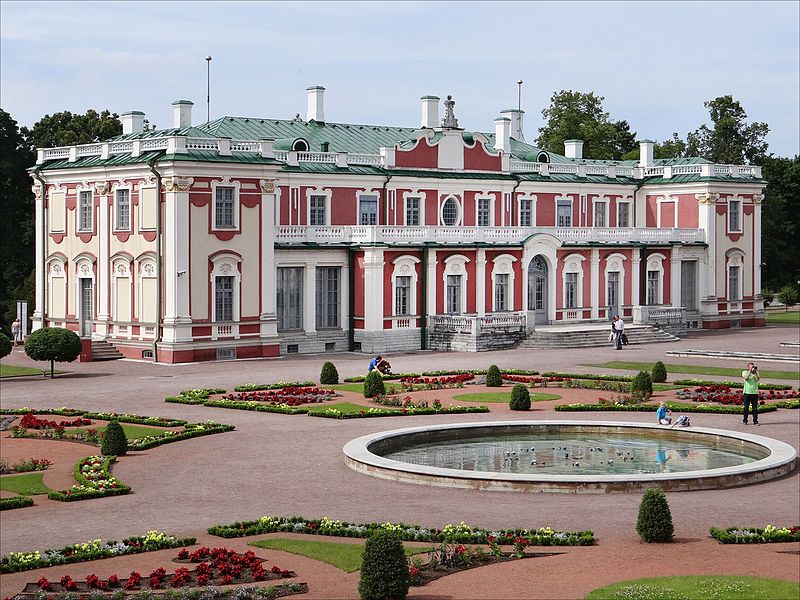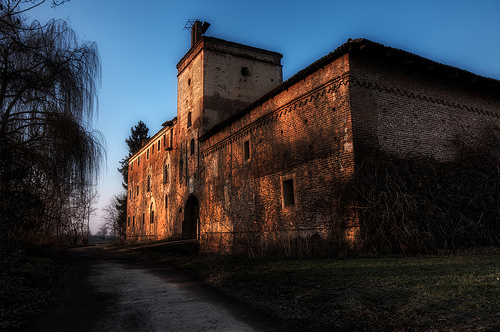The Château d’Arques is one of the so-called Cathar castles. In the 12th century, there was a conflict between the viscount of Carcassonne and several seigneurs, including Arques and Lagrasse. The estates at Arques became the property of the seigneurs of Termes.
In 1231, after the defeat of the Château de Termes during the Albigensian Crusade, Simon de Montfort, 5th Earl of Leicester, attacked Arques. After having burned the village, situated on the banks of the Rialsès, he gave this part of Razès to one of his lieutenants, Pierre de Voisins. In 1284, Gilles de Voisins began work on building a castle, with the intention of defending the Rialsès valley and controlling the transhumance routes leading to the Corbières. In 1316, Gilles II de Voisins altered and completed the castle.
In 1575, the castle was besieged by Protestants during the Wars of Religion and only the keep managed to resist the assault. By the start of the French Revolution the castle had fallen into ruin. It was sold as a national asset and subsequently suffered severe damage.
The castle consists of an enceinte and a high square keep with four turrets. It was built after Albigensian Crusade of the 13th century. The almost square enceinte encircles the castle with a gateway furnished with machicolation and surmounted with a keystone bearing the arms of the Voisin famil. Numerous buildings must have existed the length of the enceinte. Two well-preserved residential towers remain.
The square keep, 25 m high, is a work of military architecture inspired by castles in the Ile de France. It has four levels served by a spiral staircase. The various rooms were constructed with extreme care. The top floor was given over to defence of the castle. Forty soldiers could defend it thanks to numerous murder holes and rectangular bays set symmetrically into the walls.
It is a good example of the progress in military construction in a strategically important region.
The castle is owned partly by the commune and partly privately. It is open to visitors.
References:
Wikipedia
